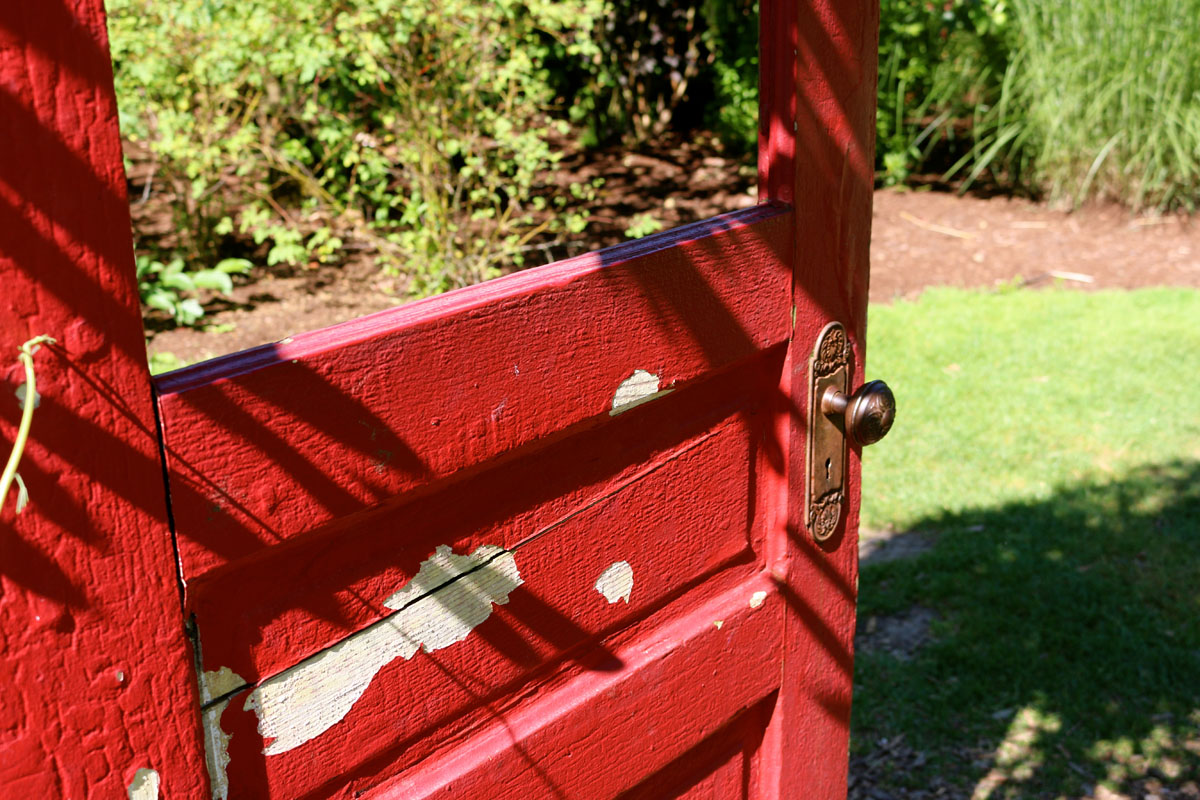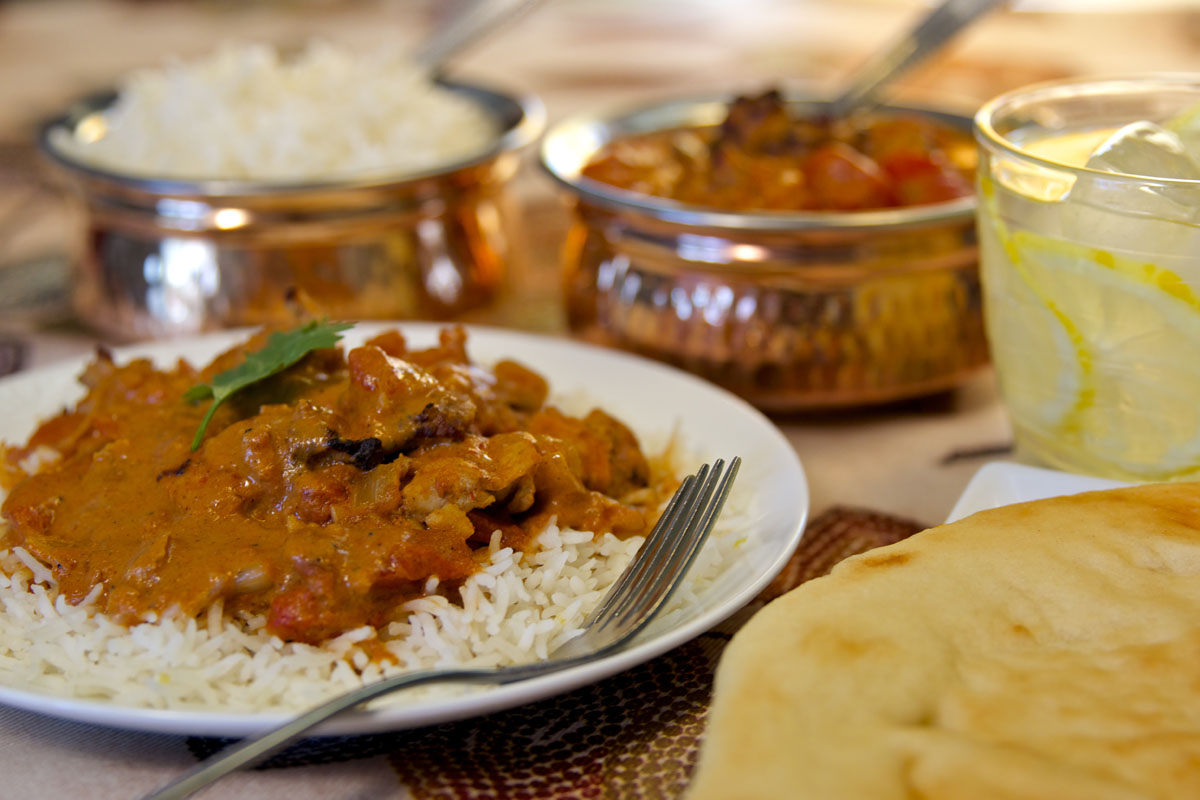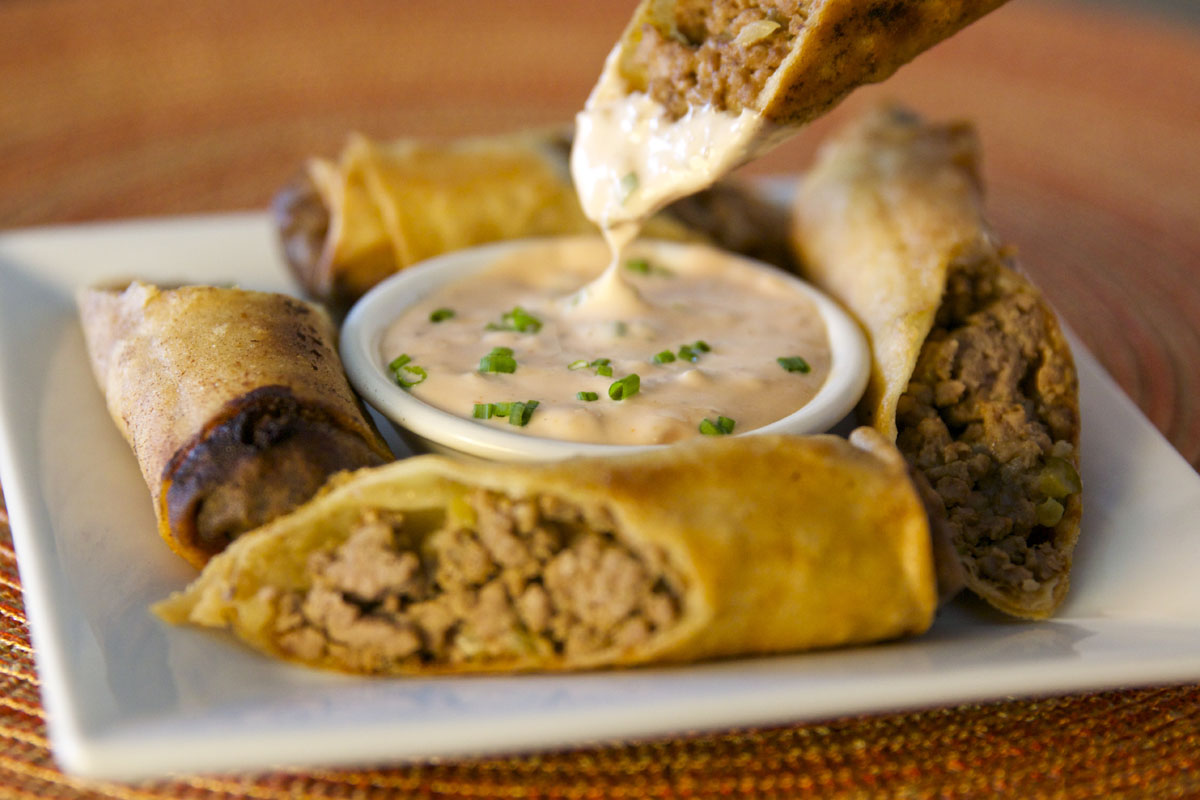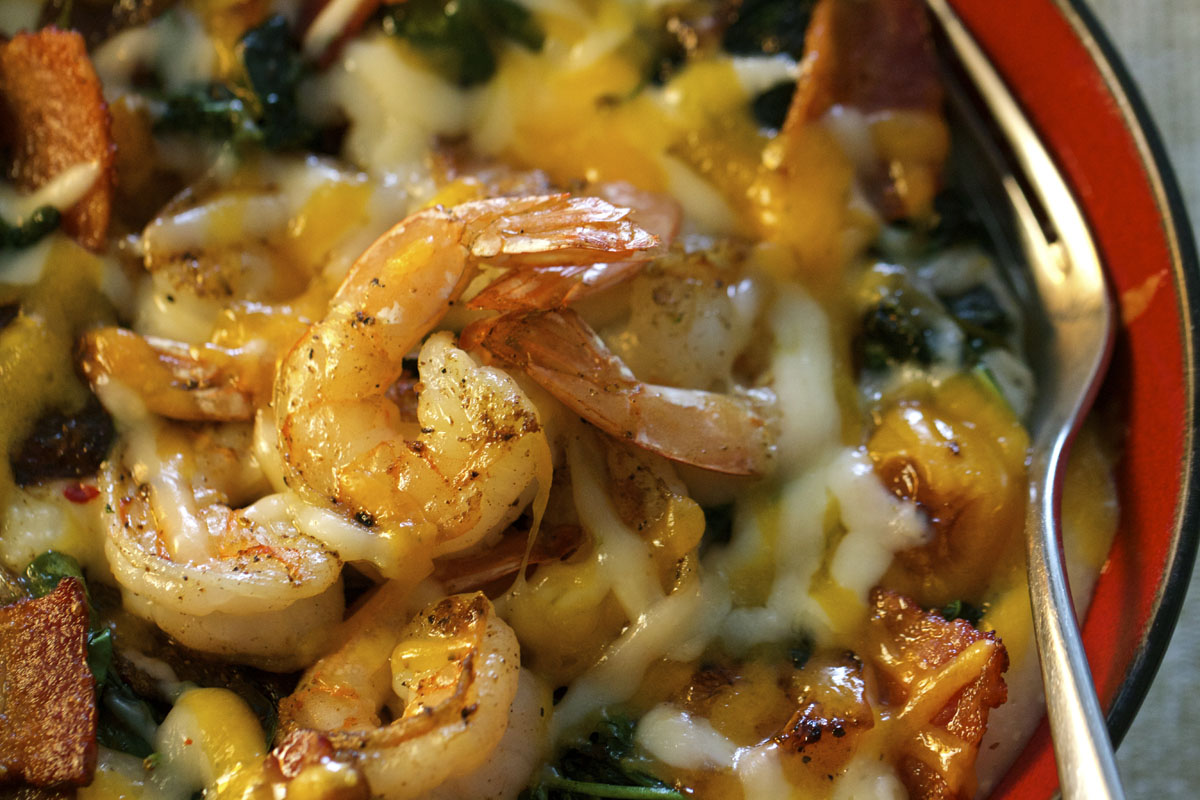An Anthropological Appetite
I shall begin this week’s post with a tried and true, or really tired but true, statement: you are what you eat. Wait, wait, wait–stay with me for a second. This is not going to be a diatribe about healthy eating where I urge you to “Go Raw!” or to immediately leave your home to procure a Squatty Potty to ensure correct colon alignment and keep the good times flowing. I may venture down that path eventually because there is some truth behind the crunch, but I would never do that without fair warning, dear reader, so please do not fret. No, the “areing” and the “eating” I am referring to today is more of the cultural anthropological variety. We will now take a quick pause to allow you to finish processing how weird the words cultural and anthropological feel in your mouth when said together. And now we’re back. One of my favorite things about learning about new cultures is getting to know a new group of people through their food. Our individual culture’s food staples are more than just our brand of delicious; they speak to our geography, our collective personality and our traditions. At the end of the day, our food is our “tell,” a thing about ourselves that we can’t hide, a way of knowing who we are without knowing our names.
I’m not sure if I mentioned this before or not, but I’m from the South, land of long summers and hickory-smoked meat. You see, even in our love for barbecue, you can glean quite a bit of information about us. On the road where I grew up, there were as many farms as there were houses. The farm closest to us was a cattle farm. Every summer and early fall, my brother and I would get dragged out to the various hay fields our farmer-neighbor owned across the county and haul hay for several hours into the evening. It was a tough job, and a low-paid one at that, but it was part of being a young man in Chatham County and there was really never a question of whether or not you’d be there when the farmer came calling. If your community needed you, you were there. If your neighbor needed help bringing in enough hay to feed the cows over the winter, you can guarantee yourself that your dad had already volunteered your help and packed an extra pair of work gloves for you.
Now I realize I got you on the hook by talking about barbecue and then snuck in a bunch of anecdotal crap about farm work, but I promise there is a point. Where I come from, a dish like barbecue makes sense. It fits our lifestyle. We have plenty of livestock around, but most of the premium cuts of filet and rib roasts are sold to the markets, leaving us with a lot of meat that is best fit for slow-cooking. We’ve got the time, though; the pace is slower there. When you’re in the business of growing things, your mental wealth is measured in patience. It’s nothing to light the smoker in the morning and check in on it throughout the day while you work in the yard. Our homes are built in the woods with plenty of space, so we’re not going to be bothering anyone with a bunch of smoke billowing out of the chimneys. It takes a crowd of folks to keep things going and there’s not much out there that tastes better after a long day of work than a heap of smoked meat sandwiched between two soft pieces of bread and a slathering of sauce. Whether we are a reflection of the barbecue, or it’s a reflection of us, it’s symbiotic. It’s co-dependent. It’s delicious. It’s us.
Now that I am living in New York City, where the pace is much faster, it’s interesting to see how that lifestyle applies to the food. While you can get virtually any food you can dream of here, on a day-to-day basis, you see people eating a lot of bagels, pizza, gyros and sushi – things you can get quickly and on the cheap and that can be eaten on the go without much in the way of utensils. The fact that the first four things that came to mind were from vastly different cultures is also telling of the environment. When I am fortunate enough to travel to a different part of the country, or the world, the experiences that are most meaningful to me are often when I am eating and/or drinking something that is unique and authentic to the place I’m in. Whether it’s a bowl of gumbo in New Orleans, a Lobster Roll in Cape Cod or an Italian Beef in Chicago, eating like the locals do is way of connecting to a foreign place using the majority of your senses. Pictures and postcards can only do so much — it is the feeling of a place that lingers in the heart and mind.
For a while now, I have been interested in visiting India and getting submerged in the culture there, but for one reason (money) or another (time away from work), I haven’t been able to make that happen. While I do hope to go one day, I can find some comfort in trying to tackle traditional Indian dishes at home in the meantime. The recipe for this week is a dish that you will find on most every Indian restaurant’s menu across town and is the first dish that I tried in the cuisine: Chicken Tikka Masala. This is possibly the most accessible dish for the American palate in Indian cuisine and is a great place to start for the curious but tentative. Filling my kitchen yesterday with the mouth-watering aromas of garam masala and cardamom as they mixed with roasted chicken and tomatoes helped me make-believe that, even for just a moment, I was in a street market in the Punjab region with open-air tandooris cranking out delicious skewers of chicken and lamb and crackling-hot, oven-blistered pieces of naan. Sure, in reality I was half a world away from any such place sitting in my tiny apartment in Brooklyn, but you sure could have fooled my taste buds and happy belly. My body was tingling with the dish’s subtle heat and persistent flavors and for a moment, there was no pleasure sweeter than closing my eyes and noticing how the food was making me feel. Thanks to an afternoon of new spice blends and cooking techniques, I was able to take a quick trip across the world. And you can, too, so don’t forget to send me a picture and a post card!






